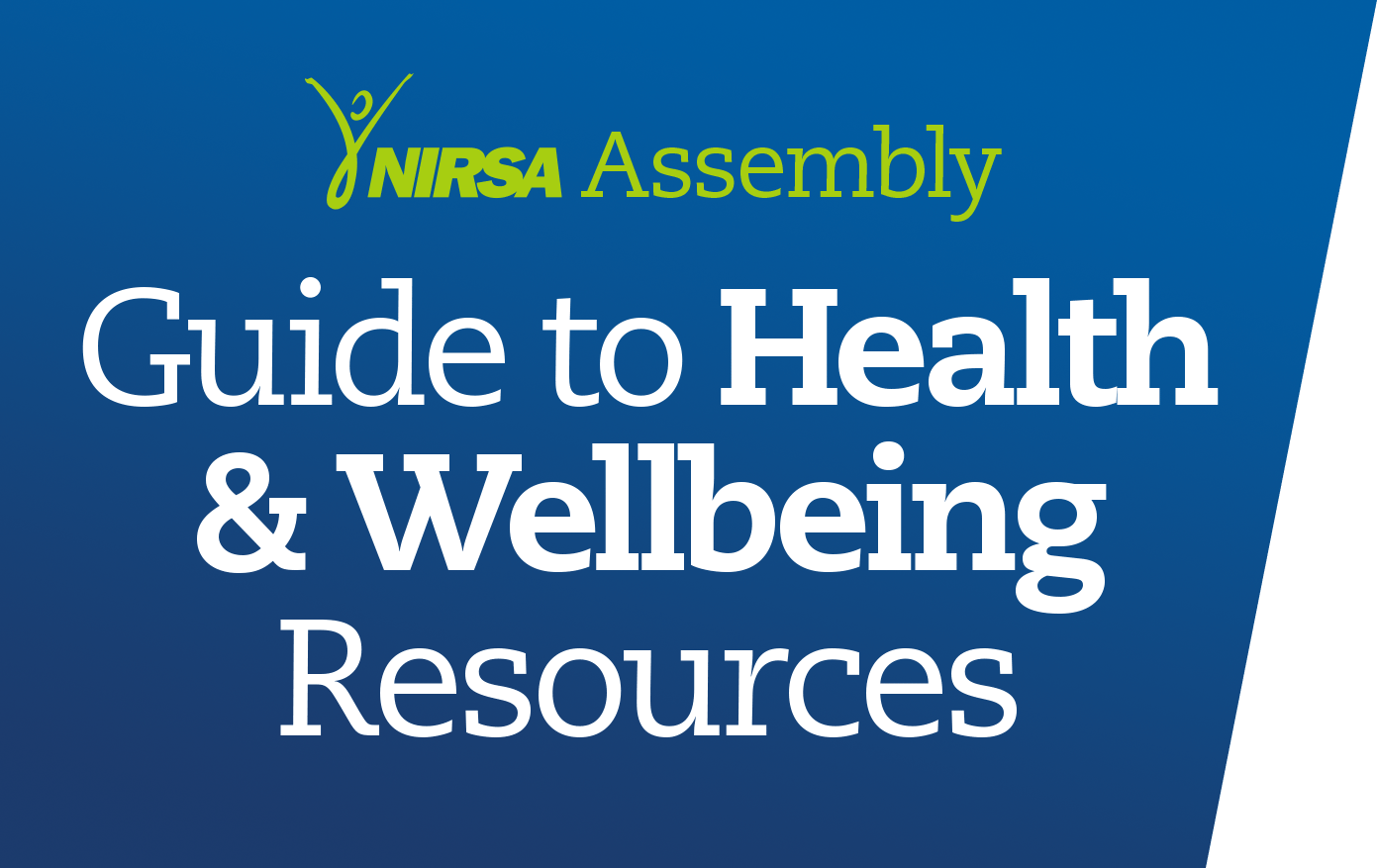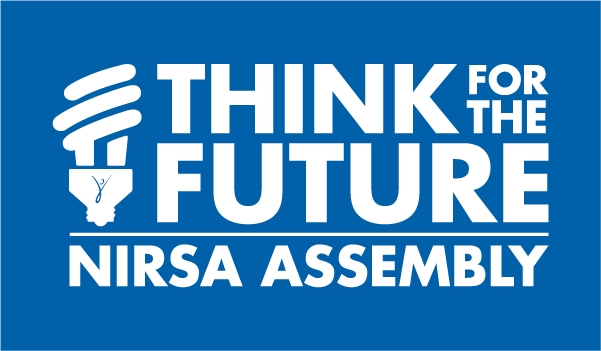Funding
Hyperlinks last updated in July 2023
Funding for health and wellbeing initiatives in higher education comes from many different sources. Some things to consider if you’re looking to build or grow initiatives on your campus include funding models, grant opportunities, and return on investment.
Funding models
The primary sources of funding are largely determined by the purpose of the programming and the constituents served. Does the program serve students, faculty/staff, community, or some combination? What are the goals of the programming? Generally, a combination of student fee support, grants, and “pay to play” models are used to fund such initiatives. Several campus recreation departments that have added wellbeing-related programs beyond fitness have earmarked funding for wellbeing within the department budget.
The more individually-focused a program is (e.g. nutrition counseling, health coaching, massage therapy, etc.) the more likely it is to be funded, at least partially, by the individual using the service. However, any fees should be carefully analyzed, as economic factors have been shown to create health disparities, or health inequities, thus causing a division in health and wellbeing outcomes.
Programs focused on employee wellbeing are often made available with the express purpose of controlling insurance costs, which is especially important for self-insured entities. A 2014 study from the Rand Corporation on workplace wellness programs and the money employers save, somewhat supports this premise. Consequently, human resources can often be an important source of funding or a potential partner for wellbeing-related initiatives.
University Health Center or Student Affairs Division fees and funding
Here are a how a few NIRSA member schools have introduced fees or developed wellbeing funds:
- UCLA’s Healthy Campus Initiative Funds Student Group Projects
- Berkeley Wellness Fund
- The University of Tennessee Knoxville Campus Wellness Fund
- MIT ENGINEERyourHEALTH PLUS
Grant opportunities
Grants can be an important source of funding for wellbeing-related programming. Many wellbeing programs foster community buy-in and student-driven projects by creating grant funding opportunities for such initiatives. Examples include UCLA, University of California – Berkeley, and the University of Tennessee – Knoxville.
External grants can help to bolster the capacity to address specific health concerns within a community. Grants are not generally made available for broad wellbeing programs, but many grants are made available to combat specific health concerns like smoking, obesity, diabetes management, lack of physical activity, healthy relationships, STI prevention, or other disease prevention and healthy lifestyle initiatives. These grants often come with specific reporting guidelines and required outcomes.
To identify grant opportunities, most institutions have a database made available through their library or another entity to easily search for opportunities by area of concern. Examples include, but are not limited to, Pivot, Grants.gov, and Foundation Center. The list of grant funding opportunities below illustrates the breadth and depth of available funding sources.
External grant sources
Last updated August 2020
- Cal Wellness
- John Hancock Giving Back
- Austin Bailey Health and Wellness Foundation
- NCAA Choices Grant
- Department of Health & Human Services Alcohol Education Project
- Office on Violence Against Women Grants
- American College of Sports Medicine (ACSM) Grants
- American College Health Foundation Grants
- USDA Grants (SNAP-Ed)
Return on investment
In addition to the return on investment from lowered insurance costs mentioned in the funding models section, wellbeing programming can have additional economic benefits.
Programming of this nature has been linked to a decrease in sick leave, an increase in attendance, an increase in productivity, and a decrease in mental health concerns. Many scholarly articles and trade publications support the assertion that wellness and wellbeing-related programming are investments that organizations make, which save money. Ultimately, providing such initiatives are the right mission-driven decision for colleges and universities to encourage both students and employees to flourish and thrive, but they are also the correct business decision as well.
Related reading about the ROI of wellbeing
- Fox, A. (2015). County wellness program decreases sick leave costs. Efficient Gov.
- Ashe-Edmunds, S. (n.d.). The effects of workplace wellness programs on absenteeism. Chron.
- Miller, S. (2015). Employers see wellness link to productivity, performance. Society for Human Resource Management.
- Chenoweth, D. (2011). Promoting Employee Well-Being.
- Rand Corporation. (2014). Do Workplace Wellness Programs Save Employers Money?
Contribute to these resources and help us keep the information current.



